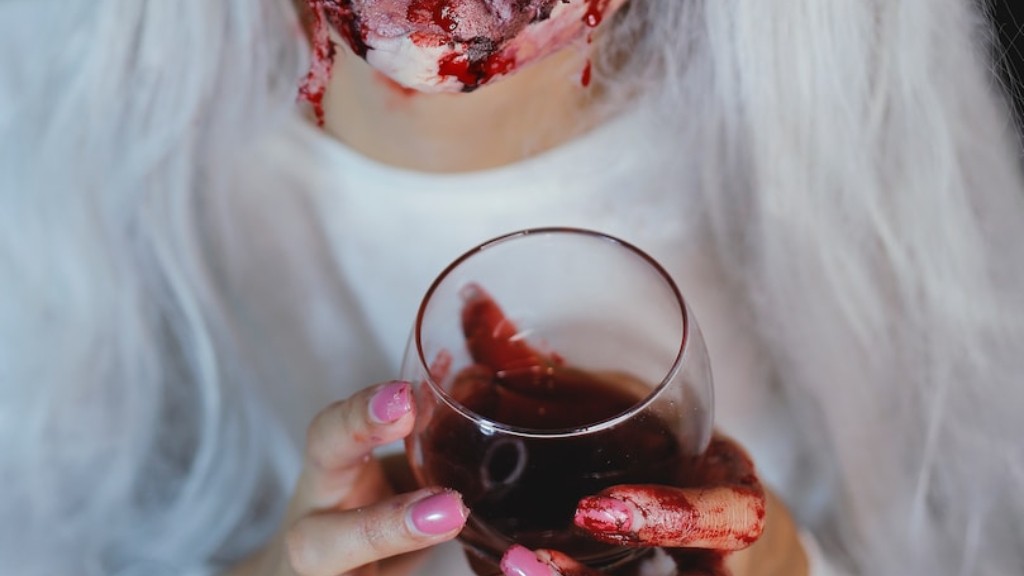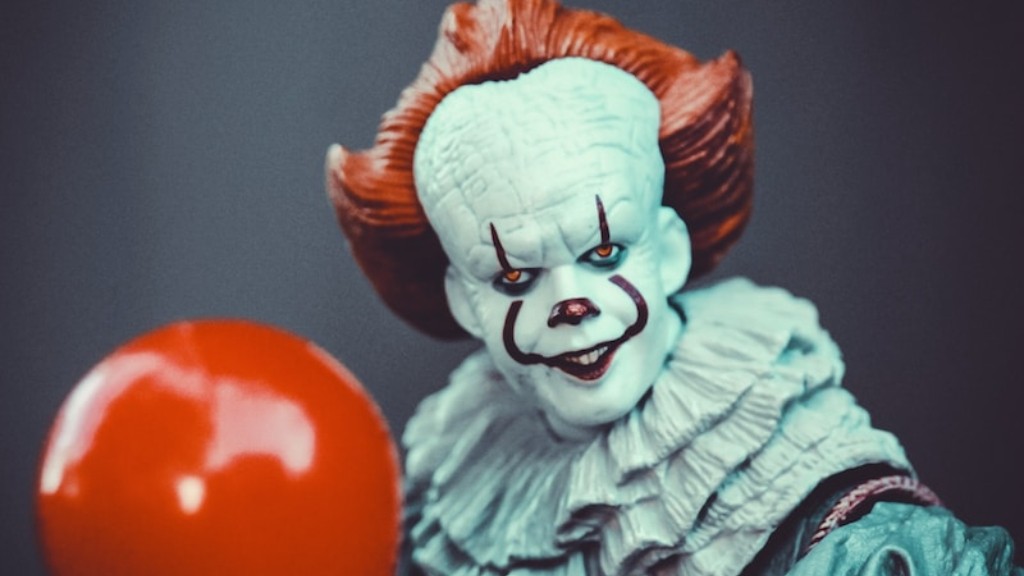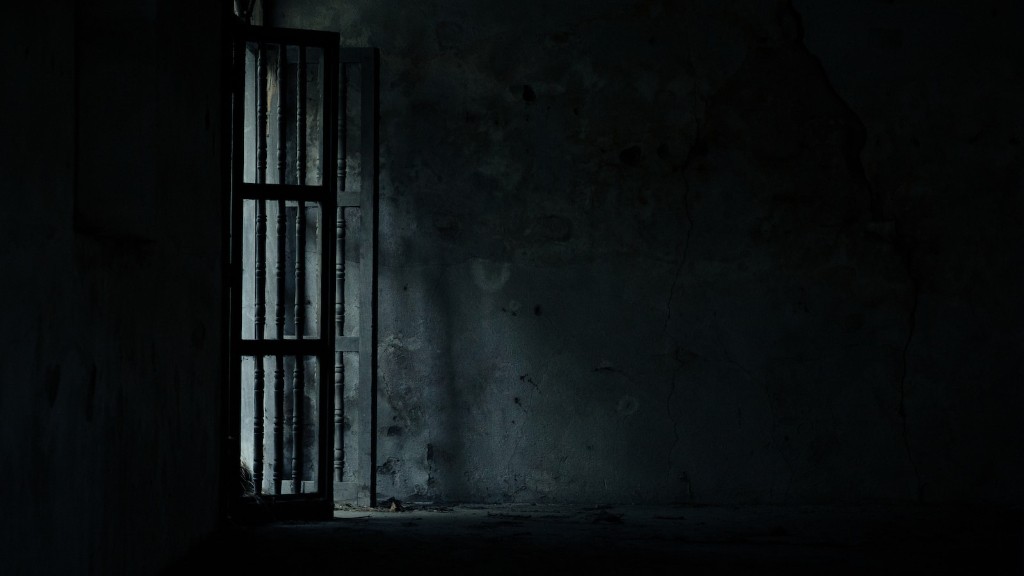In the past decade, post-horror movies have taken over the horror genre. These movies are usually set in the present day and deal with psychological aspects of horror, rather than relying on jump scares and gore. Post-horror movies often explore mental illness, addiction, and trauma, and use these topics to create a sense of unease and dread. Some examples of post-horror movies include Hereditary, The Babadook, and It Follows.
There’s no denying that post horror movies are becoming increasingly popular. Whether it’s the intense suspense of A Quiet Place or the psychological thrills of Hereditary, audiences can’t get enough of these films.
What’s driving this trend? Part of it may be the success of recent post horror films at the box office. A Quiet Place was a breakout hit, grossing over $340 million worldwide on a budget of just $17 million. Hereditary also did well, earning $79 million against a $10 million budget.
Audiences may also be drawn to post horror films because they offer a new spin on the genre. These movies often subvert expectations, playing with audience’s preconceived notions about what a horror film should be.
Whatever the reason, it’s clear that post horror films are having a moment. And it doesn’t seem like they’re going anywhere anytime soon.
What is the psychology behind liking horror movies?
Horror entertainment is a popular genre because it can trigger the fight-or-flight response. This response comes with a boost in adrenaline, endorphins, and dopamine. The brain can then process surroundings and conclude that the experience is not a genuine threat. This knowledge of personal safety is one reason horror fans habitually watch scary movies.
It seems like horror movies these days are either not scary, or are trying too hard to be scary. They add too many special effects and the stories are not original. It’s hard to find a good, scary movie these days.
Why are there so many horror movies now
Horror is a hugely popular genre for a number of reasons. audience love being scared, it’s subjective so everyone can have a different experience, and it’s always fun to see familiar faces in new roles. Plus, horror movies tend to be very profitable.
The problem with post-horror is that it is characterized by a lack of understanding of horror genre history and a critical ignorance of the horror genre as it currently stands. This is highlighted in Nia Edwards-Behi’s response to the term. Post-horror is a term that is used to describe a lack of understanding of horror genre history and a critical ignorance of the horror genre as it currently stands.
What personality type likes horror movies?
The present study found that low neuroticism and high sensation seeking were better predictors of horror movie preference. This is in line with previous research which has found that people who are less neurotic and more sensation seeking are more likely to enjoy horror movies. These findings suggest that if you are interested in horror movies, it may be because you are a less neurotic and more sensation seeking person.
It’s interesting to think about how our biology can affect our addictions. In this case, it seems that addiction to trauma is tied up in the way our bodies respond to stress and anxiety. For some people, the stress of a frightening film is a welcome thrill, and they feel a payoff when the movie is over. It’s important to be aware of how our bodies respond to different stimuli so that we can understand our addictions and find healthy ways to cope with them.
What is the most messed up horror movie?
Eli Roth’s Hostel is every backpacker’s nightmare come true. This gruesome horror flick follows a group of American college students who are abducted and taken to a Slovakian hostel, where they are tortured and killed for the amusement of the sick and twisted guests. House of 1000 Corpses, another horror classic from Roth, is about a group of stranded teens who are taken in by a family of murderous psychopaths. Raw is a 2017 French horror film about a vegetarian college student who starts eating meat after a hazing incident, and The Human Centipede II (Full Sequence) is a truly disturbing sequel to the original 2009 film. The Last House on the Left is a 1972 Wes Craven film about two teenage girls who are abducted, raped, and murdered, and the parents of one of the girls take revenge on the attackers. Strangeland is a 1998 horror film about a deranged serial killer who mutilates and kills his victims, and The Woman is a 2011 horror film about a backwoods family who keep a woman captive in their home. These are just a few of the many horror films that will make you never want to go on a backpacking trip again!
There are a lot of great horror movies out there, but these are the ten that really stand out as the scariest. If you’re looking for a good scare, be sure to check out any of these films. You won’t be disappointed.
What is the lowest rated horror movie of all time
These are the 10 worst horror movies of all time, according to Rotten Tomatoes. Cabin Fever (2016) and The Disappointments Room (2016) both have a 0% rating, while Homecoming (2009) has a 2% rating. Return of the Living Dead Part II (1988), Alone in the Dark (2005), and The Haunting of Molly Hartley (2008) all have 1% ratings. Bless The Child (2000) and Feardotcom (2002) both have 3% ratings.
It comes down to aesthetics and technology. The first one’s pretty simple: As popular content leans grittier and darker in tone (The Batman, Stranger Things, Game of Thrones, etc.), the visuals tend to reflect that. The second reason is a little more complicated and has to do with the way our eyes process images.
Why is the horror genre looked down on?
Horror is an extremely popular genre, but is often looked down on by the industry. However, the Blair Witch Project and Get Out have proved that horror can be extremely successful. These films had relatively small budgets and still managed to make a massive profit. This proves that horror is a genre that should not be underestimated.
Exposure to media, television, movies, or pictures can not cause PTSD. Symptoms of PTSD are: Re-experiencing the trauma through intrusive distressing recollections of the event, including flashbacks and nightmares.
Is horror a coping mechanism
The study found that horror fans were more psychologically resilient during the pandemic, with movies like Contagion serving as a sort of practice simulation for the real thing. So apparently horror really can help people cope!
Negative emotions can be very resistant to being extinguished, meaning that once we experience them, they can be very hard to shake. This is why it’s often not worth it to experience high levels of fright by watching a scary movie – the negative emotions we’ll experience are likely to stick with us long after the movie is over.
How does horror affect the brain?
I was always told that watching horror movies wasn’t good for me, but it turns out that there are actually some benefits to it! According to multiple studies, scary scenes can help to increase adrenaline levels, release neurotransmitters in the brain, and improve overall alertness and concentration. So next time you’re looking for a way to unwind, don’t forget to consider a horror movie!
The findings reveal a interesting trend in movie preferences based on age. It appears that younger people are more likely to enjoy horror movies while older people tend to prefer drama films. This could be due to a number of factors, such as maturity level or life experience. Regardless, it is clear that there is a difference in taste when it comes to these two genres.
How do psychopaths react to horror movies
Psychopaths have been shown to have a reduced startle response in experiments. This means that if someone gave them a fright while they were watching a horror movie, they would not react as strongly as most people would. This is because psychopaths have a different emotional response to fear-evoking situations.
While horror fans have historically been seen as cruel and heartless, a new study has found that they are just as kind and compassionate as everyone else. In some respects, they may even be more so. This suggests that the stereotype of horror fans being cruel and heartless is unfounded and that they should be treated with the same respect as any other movie fan.
Warp Up
The post-horror movie is a new subgenre of horror that has been gaining popularity in recent years. These movies tend to focus on the aftermath of a horrific event, rather than the event itself. This allows for a more psychological and emotional exploration of the characters involved.
It is evident that post horror movies are taking over. This is based on the increased number of movies being produced in this genre as well as the vast number of people who are fans of this type of movie. This is likely to continue in the future as people become more interested in this type of movie.




